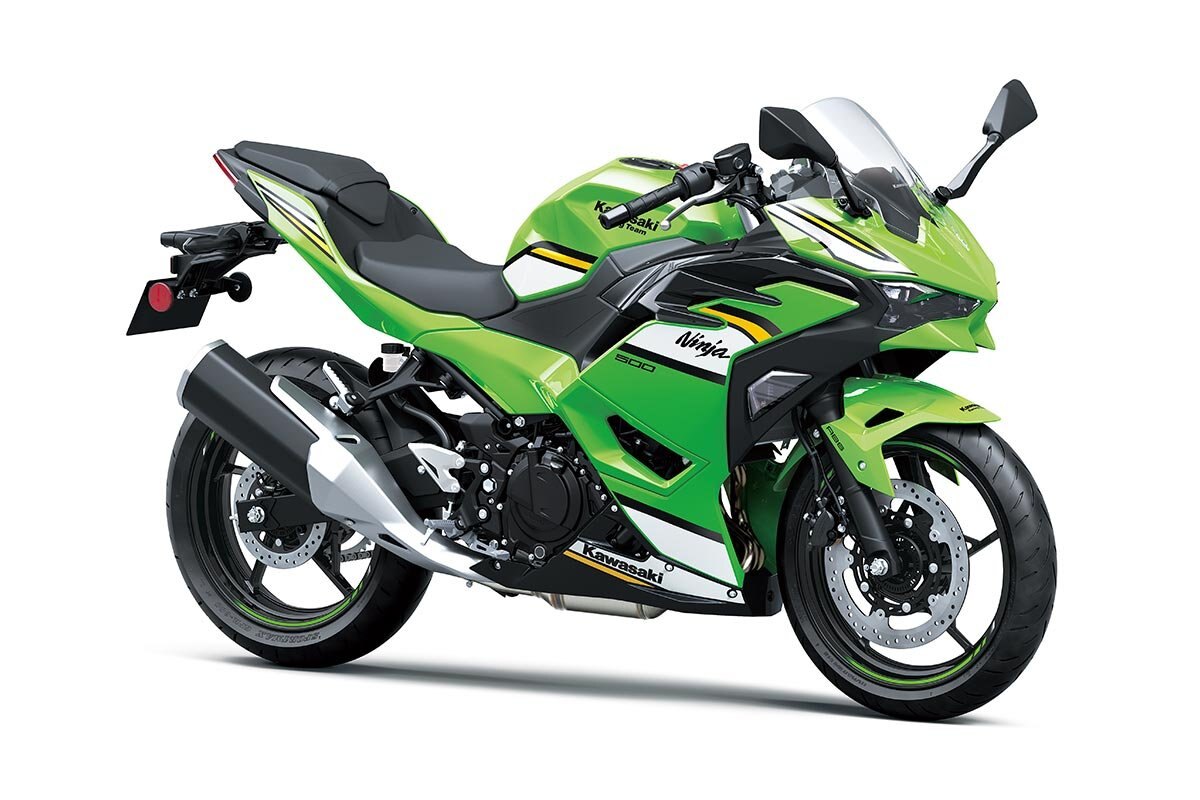
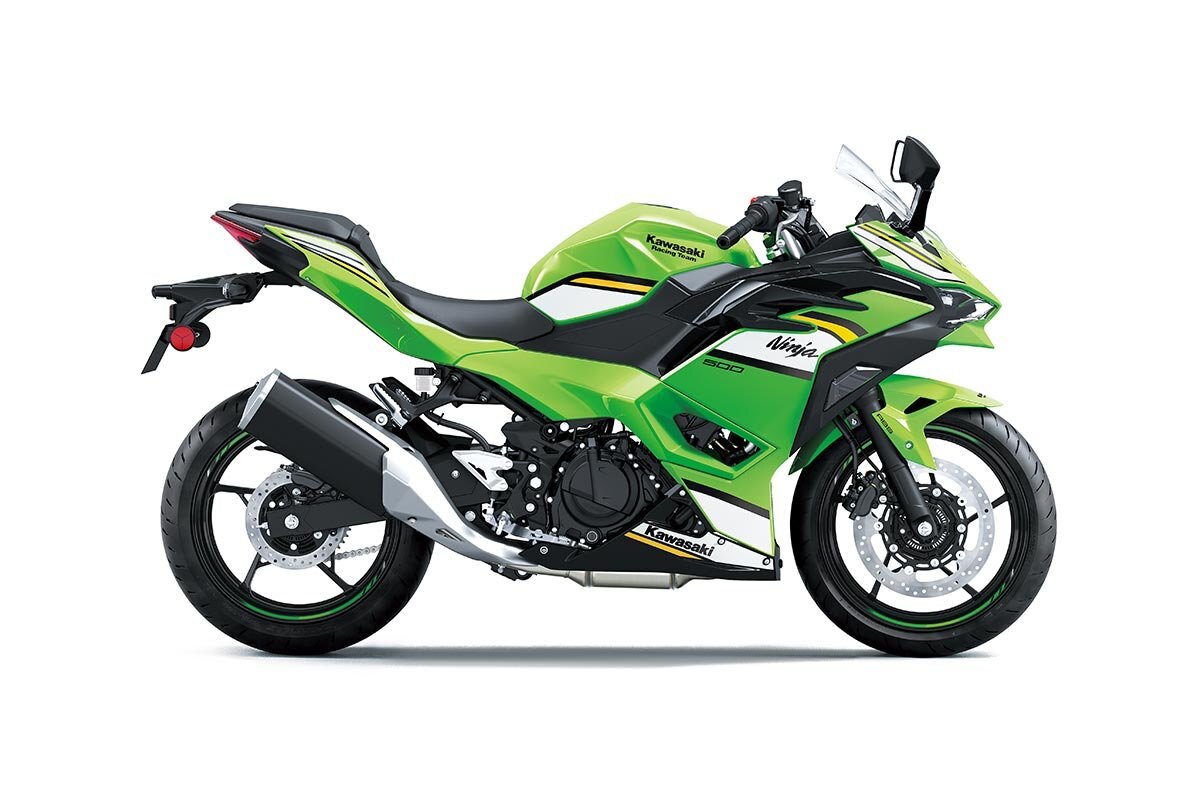
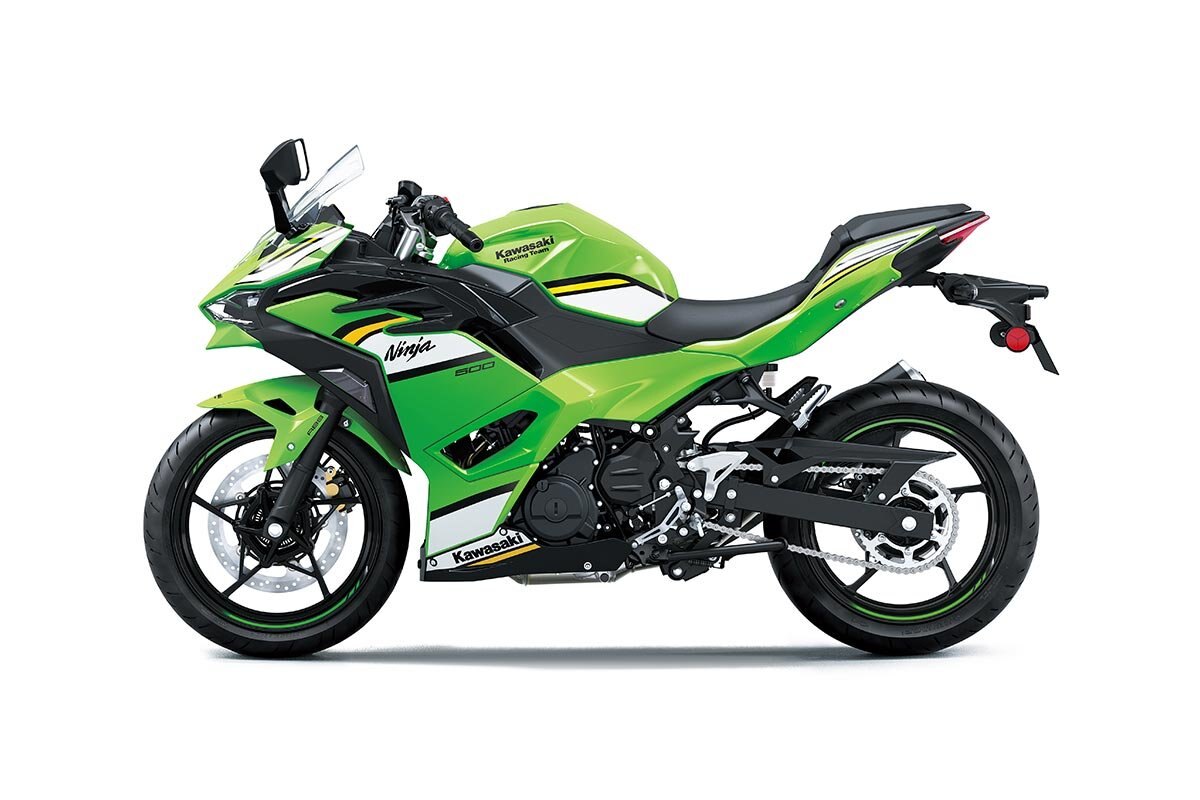
2025 Kawasaki NINJA 500 SE KRT EDITION
| Make Your Statement with the all-new Ninja 500 sportbike. Turn heads with the aggressive styling Ninja sportbikes are known for and set the tone with a 451cc twin-cylinder engine. Experience legendary Ninja performance on the sportbike designed to lead the crowd. |
FEATURING:
|
ADDITIONAL VEHICLE FEATURES:
|
Engine Management Technology
ASSIST & SLIPPER CLUTCH
|
|
SMARTPHONE CONNECTIVITY
Clever technology enables riders to connect to their motorcycle wirelessly. Using the smartphone application “RIDEOLOGY THE APP,” a number of instrument functions can be accessed, contributing to an enhanced motorcycling experience. Vehicle information (such as the odometer, fuel gauge, maintenance schedule, etc) can be viewed on the smartphone. Riding logs (varies by model, but may include GPS route, gear position, rpm, and other information) can be viewed on the smartphone. When connected, telephone (call, mail) notices are displayed on the instrument panel. Riders can also make changes to their motorcycle’s instrument display settings (preferred units, clock and date setting, etc) via the smartphone. And on certain models, it is even possible to check and adjust vehicle settings (such as Rider Mode, electronic rider support features, and payload settings) using the smartphone. |
Chassis Management TechnologyABS (ANTI-LOCK BRAKE SYSTEM)Kawasaki ABS systems use front and rear wheel sensors to constantly monitor wheel speed. Should information from either of the sensors indicate that wheel lock has occurred, the ABS ECU directs the pump in the ABS unit to modulate brake fluid pressure (releasing and reapplying pressure so that traction can be regained) until normal operation resumes. ABS offers rider reassurance that contributes to greater riding enjoyment. |
ERGO-FITProper fit is key for rider comfort and control. However, the ideal fit varies from rider to rider, depending on their physical dimensions and riding style. ERGO-FIT is an interface system designed to allow riders to find their ideal riding position. Various points of the chassis interface (the handlebar, footpegs and seat, etc.) can be adjusted through a combination of interchangeable parts and parts with adjustable positions. This enables a wide range of riders to find a riding position that offers both comfort and control. Feeling at one with their machine, they will be able to experience how Kawasaki machines are fun and rewarding to ride. *Adjustable parts and their range of adjustability vary by model. |
|







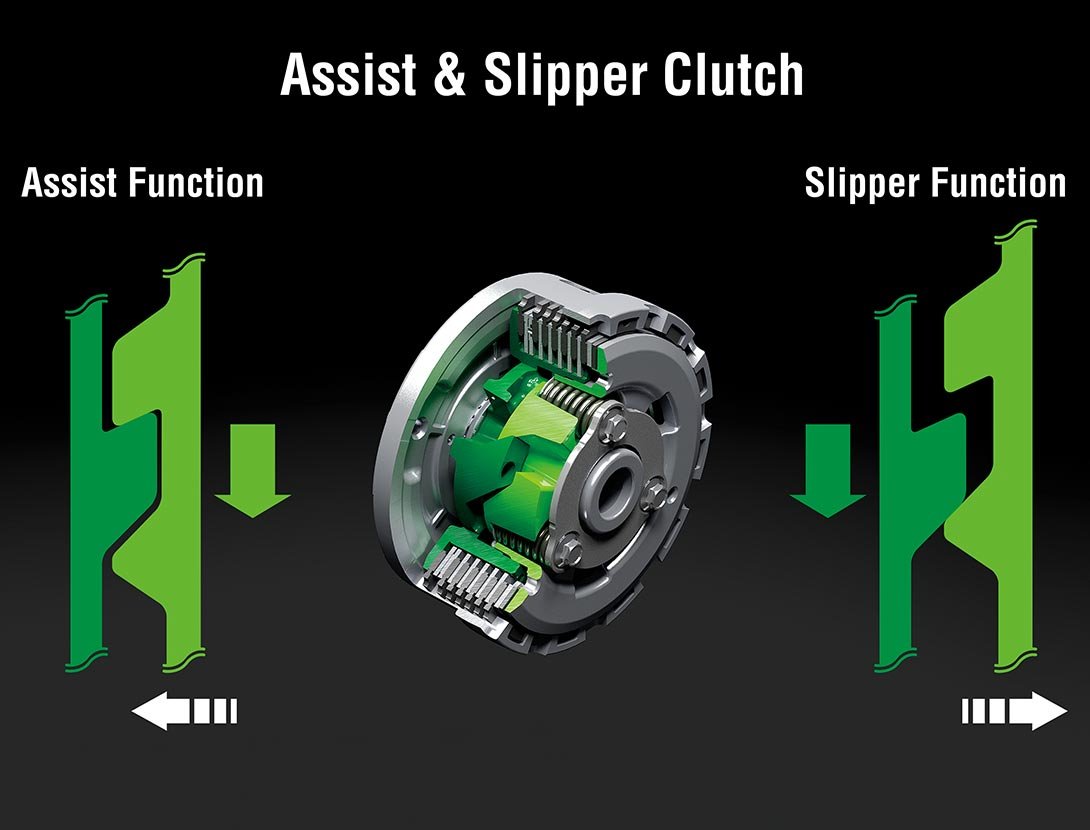
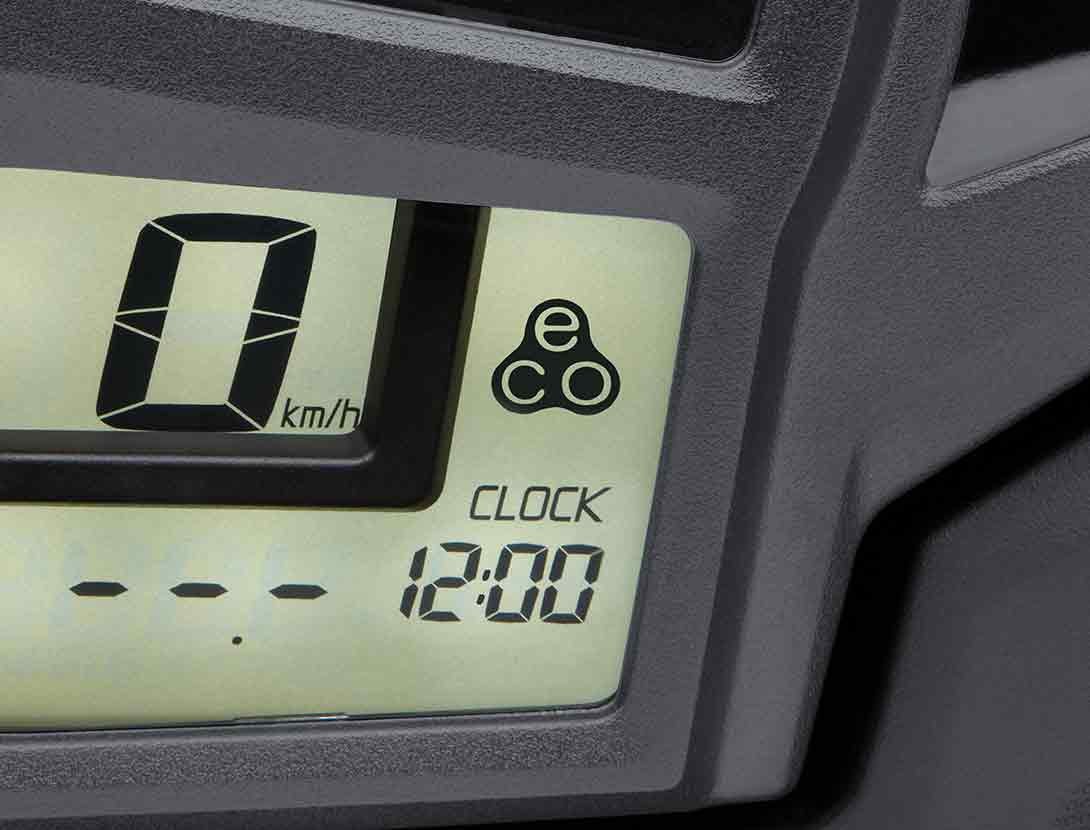 ECONOMICAL RIDING INDICATOR
ECONOMICAL RIDING INDICATOR
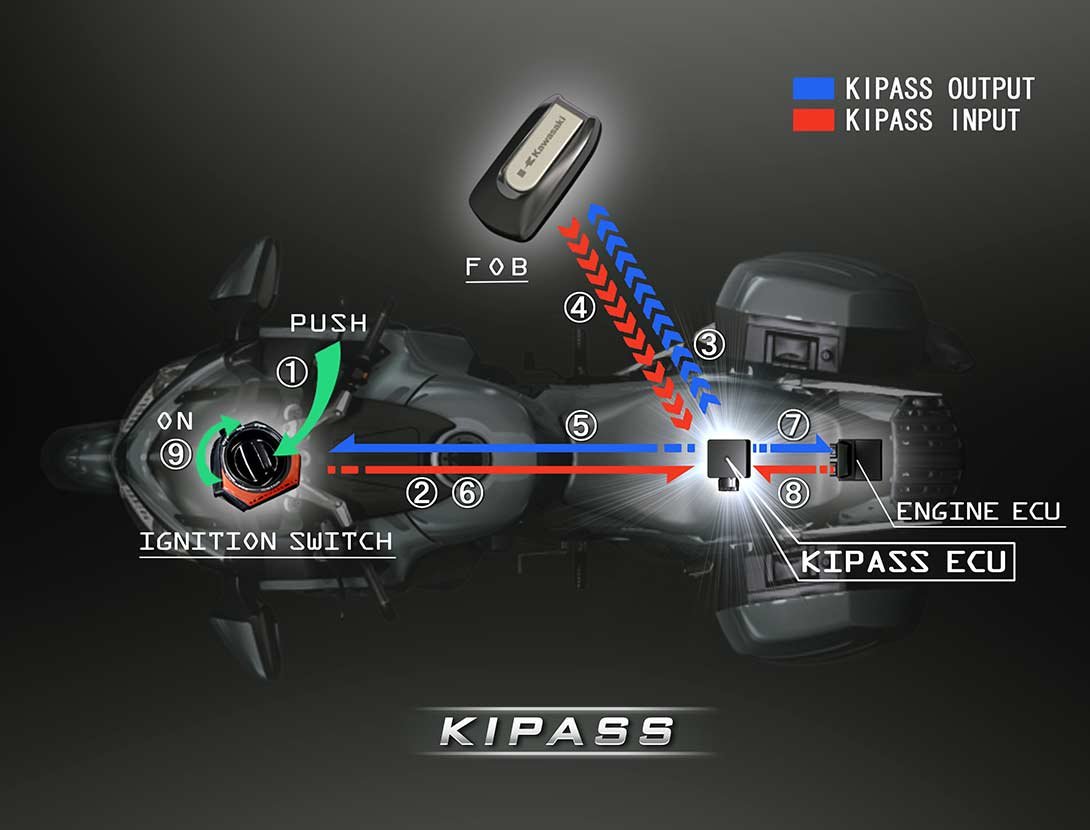 KIPASS (KAWASAKI'S INTELLIGENT PROXIMITY ACTIVATION START SYSTEM)
KIPASS (KAWASAKI'S INTELLIGENT PROXIMITY ACTIVATION START SYSTEM)